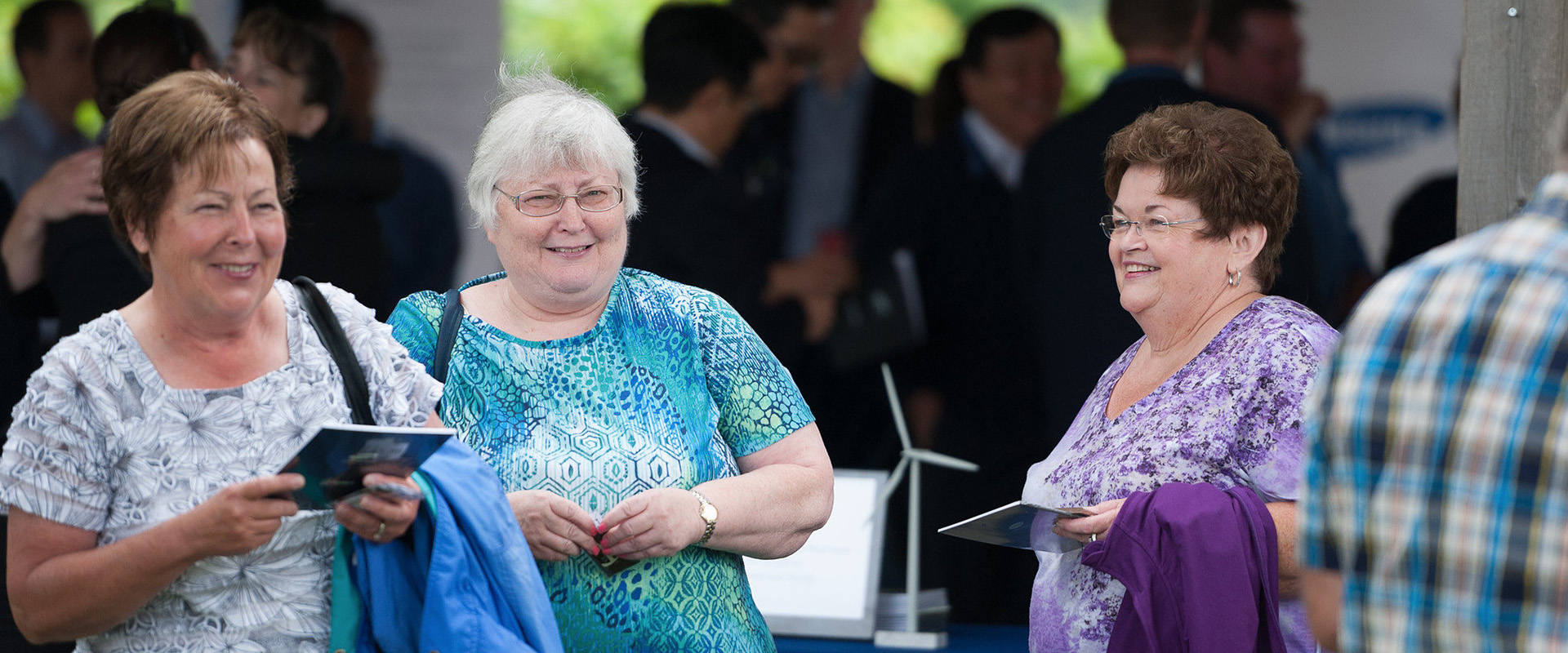-
Heritage Prairie Renewable represents a projected investment of more than $1.3 billion in Kankakee and Livingston counties.
-
The facility is projected to provide over $235 million in tax revenue to Kankakee and Livingston Counties over the life of the project.
-
The project will utilize local companies, services, materials, and create jobs:
Hundreds of wind and solar construction jobs including equipment operators, electricians, laborers, and others
12-16 jobs and 2–4 jobs to operate and maintain the wind facility and solar facility, respectively
-
Millions of dollars will be spent locally on lodging, food services, gas, groceries, and other local services.
Heritage Prairie Renewable
Western Kankakee County and Northeastern Livingston County, Illinois
